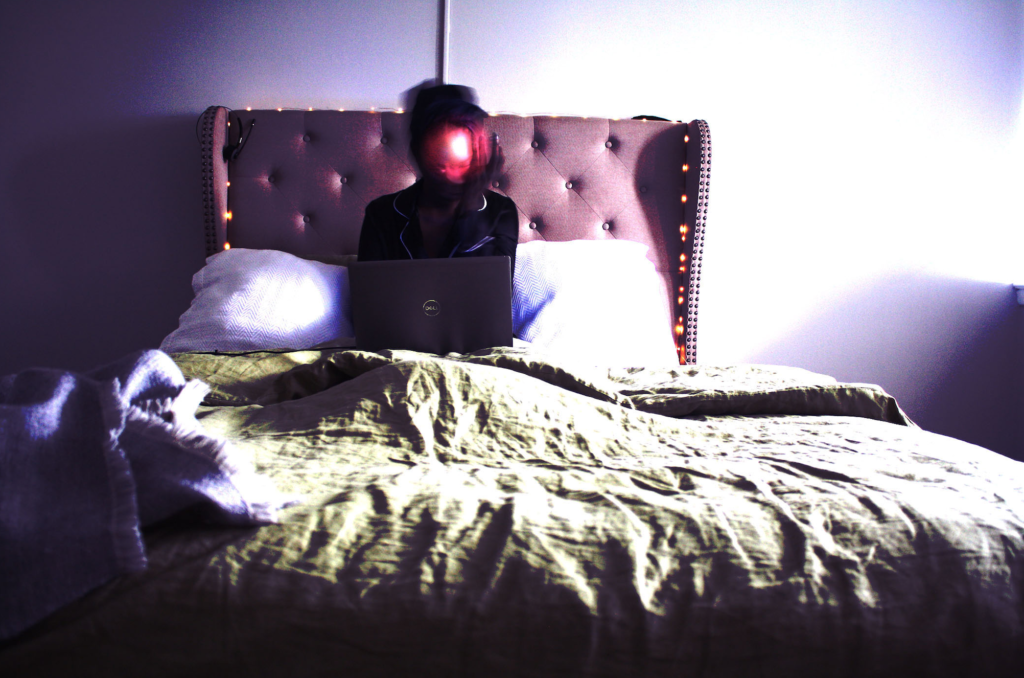
In her book, Wayward Lives, Beautiful Experiments, Saidiya Hartman maneuvers through a colonialist 20th century tapestry of what family and dutiful women are to be and contrasts this idea by weaving in the fabrics of black survivorship, black culture, and family ritual as a backdrop to family structure for Jim Crow refugees and their descendants. Hartman shines a light on black life-hacking that was never meant to be figured out. The beautiful experiment in this is the endless stories of lives that were only meant to be ghosts but instead became the animating life force that structures black life today. What is assumed as wayward has been a practice for how black folks have bene able to survive, no matter how it looks. It is about perspective.
“I’m Not Ok,” also directly contrasts against what it means to be dutiful as a black woman. More specifically, the James Marion Simms school of thought that black women do not feel pain and therefore can operate as machine like. This is very much pervasive in the way black bodies are treated in medicine, labor, education, the criminal justice system, and society overall. This portrait shows what black bodies are not supposed to reveal; pain, vulnerability, and crashing from being pushed beyond capacity. The portrait does not make any attempt to provide comfort for the viewer as the truth is clear; the subject is not ok. Dominique London, the subject of the portrait has lived with Chronic pain for the last seven years, navigating the medical system only to be told that she was “OK,” by medical professionals. This portrait features London working from home while battling Uveitis, an eye condition that causes 30,000 new cases of blindness annually. This portrait was chosen among dozens because it not only reveals the pain pouring from the subject but it also shows the potential of self- healing from within. It is about perspective.